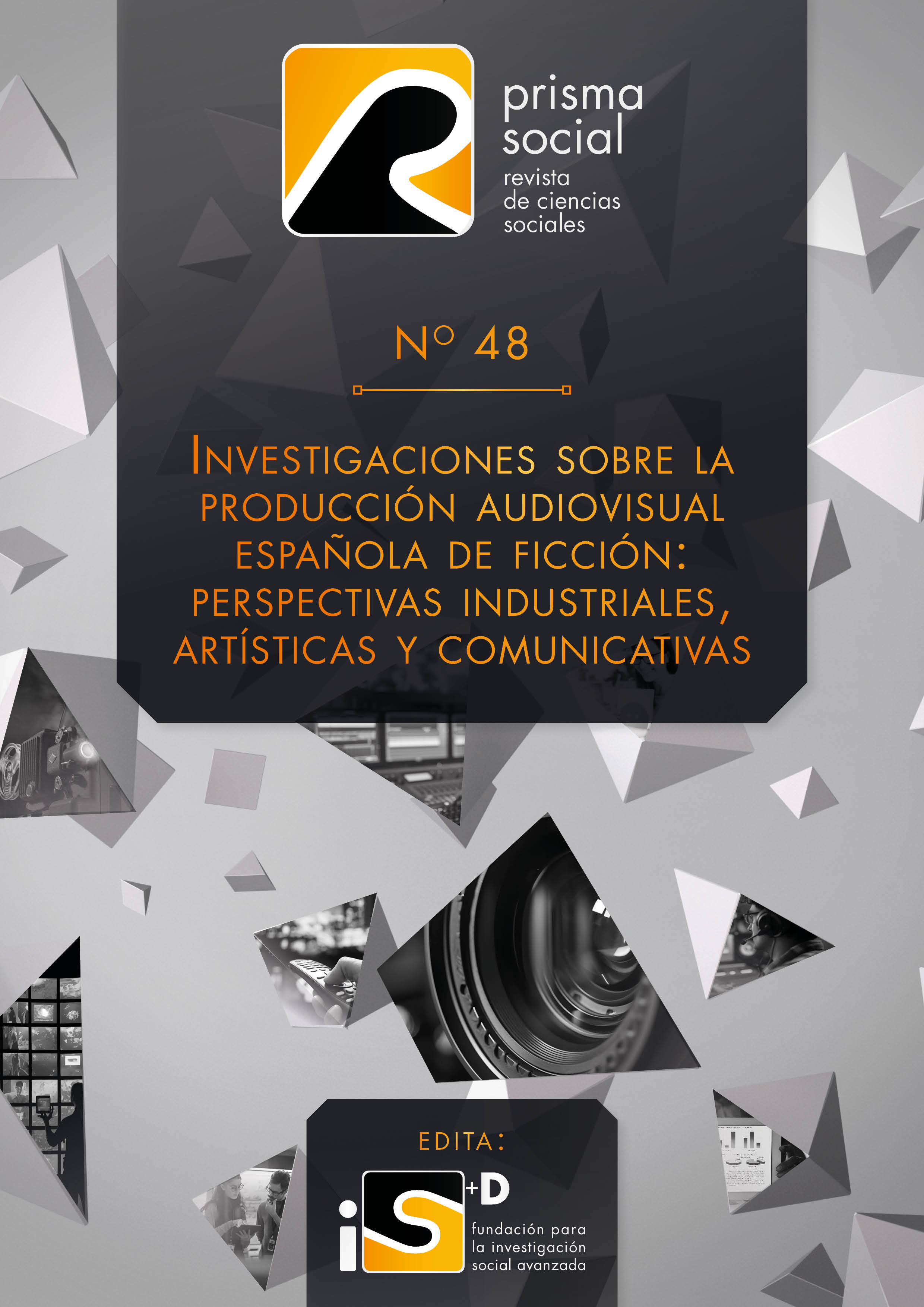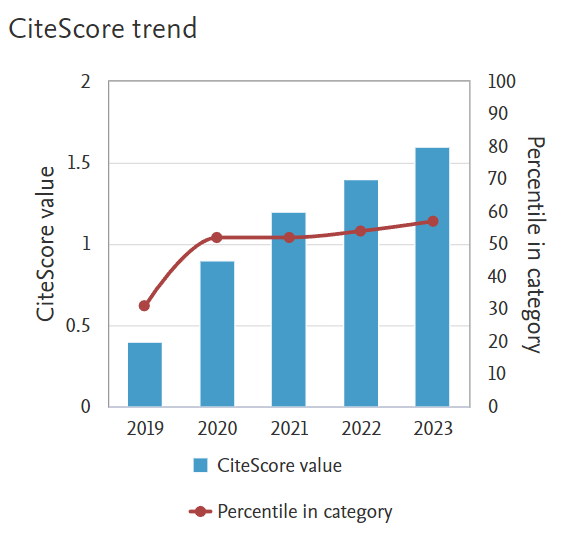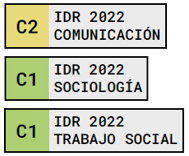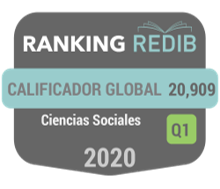The use of Virtual Reality in Social Documentaries.
The Case of the Transmedia Expansion of La primavera rosa (The Pink Spring)
Keywords:
Social Documentary, Virtual Reality, Immersion, Transmedia StorytellingAbstract
The developments in non-fiction within the current media ecosystem have led, among other things, to transmedialization or the use of new formats such as virtual reality. If documentaries already possess undeniable immersive potential, this potential is further enhanced in 360-degree videos, allowing for the creation of a highly productive spatial experience that captivates the viewer, especially in projects addressing social issues. This is precisely what the LGBTIQ activist project, La primavera rosa (The Pink Spring), decided to do by employing this format in its transmedia expansion to create an audiovisual product. To achieve this, they utilized an iterative methodology based on service design to gain a detailed and contextualized understanding of the VR documentary production process, starting with the user-persona model. The result is a seven-minute video that showcases the harsh reality faced by the LGBTI community in Brazil, employing various strategies to maximize the user's emotional and ethical engagement, thereby fostering a commitment to the depicted issue.
Downloads
References
Abuín González, A. (2017). Táctica frente a estrategia: transmedialidad y activismo en Ciutat Morta. Tropelías. Revista de Teoría de la Literatura y Literatura Comparada, (27), 110-119. https://doi.org/10.26754/ojs_tropelias/tropelias.2017271543
Bandura, A. (1986). Social foundations of thought and action: A social cognitive theory. Prentice-Hall.
Baraybar-Fernández, A. y Linares-Palomar, R. (2016). Nuevas propues-tas de distribución audiovisual en la era de la convergencia: el documen-tarybook. El Profesional de la Información, 25(1), 135-142. https://doi.org/10.3145/epi.2016.ene.13
Barnett, C. (2011). Social documentary and participatory media: To-wards a more inclusive vision. En S. Bruzzi y A. Dyer (Eds.), The cinema of the real (pp. 285-295). Wallflower Press.
Barnouw, E. (2011). El documental. Historia y estilo. Gedisa.
Barrett, L. F. (2016). Social documentaries in a digital world. En M. C. Green, L. J. Shrum, y T. M. Brock (Eds.), Media and social life (pp. 279-298). Routledge.
Callejo Gallego, J. (2017). Narrativa transmedia y construcción de iden-tidades en la sociedad digital. Historia y Comunicación Social, 22(1), 51-62.
Chen, M. J., Wang, S. H., Lin, J. H., y Lin, S. S. (2017). Virtual reality in education: A tool for learning in the experience age. International Jour-nal of Engineering Education, 33(4), 1346-1354.
Costa-Sánchez, C. y López-García, X. (2021). Narrativas transmedia sociales en el ámbito hispanoamericano (2014-2018). Arte, individuo y sociedad, 33(1), 237-257. https://dx.doi.org/10.5209/aris.67561
Dewey, J. (1938). Experience and education. Kappa Delta Pi.
Eisenhardt, K. M. (1989). Building theories from case study research. Academy of Management Review, 14(4), 532-550.
Eisenstein, S. M. (1949). Film Form: Essays in Film Theory. Harcourt, Brace & World.
Flyvbjerg, B. (2006). Five misunderstandings about case-study research. Qualitative Inquiry, 12(2), 219-245.
González-Pueyo, I. (2018). Documentaries for social change: History, theory, and production. Edinburgh University Press.
Jenkins, H. (2006). Convergence culture: Where old and new media col-lide. New York University Press.
Jenkins, H. (2015). The civic imagination in an era of transmedia activ-ism. En M. Deuze (Ed.), Managing media work (pp. 207-223). Sage.
Lave, J. y Wenger, E. (1991). Situated learning: Legitimate peripheral participation. Cambridge University Press.
Linares Palomar, R. (2014) ¿Por qué cambiar y hacer un documen-tarybook? COMeIN: Revista de los Estudios de Ciencias de la Informa-ción y de la Comunicación, (39). http://www.uoc.edu/divulgacio/comein/es/numero39/articles/Article-R
Linares-Palomar, R. y Palazón-Meseguer, A. (2018). La Primavera Rosa: proyecto de activismo LGBTI transmedia. En M. de la Torre-Espinosa (Ed.), La Primavera Rosa: identidad cultural y derechos LGBTI en el mundo (pp. 195-215). UOC.
Linares-Palomar, R., Fernández-Manzano, E.P. y Torre-Espinosa, M. de la (2023). Formatos narrativos LGTBQ para audiencias jóvenes: los do-cumentarybooks de “La primavera rosa”. Comunicación y Género, 6(1), 39-48. https://dx.doi.org/10.5209/cgen.86456
Lobato, R. (2016). Documentaries in a New Media Ecology. Springer.
Long, G. (2007). Transmedia Storytelling: Business, Aesthetics and Production at the Jim Henson Company. (Doctoral dissertation, Massachusetts Institute of Technology). MIT Press. https://bit.ly/3xZbT01
López Delacruz, S. (2021). Possibilities of the Ibero-American trans-media documentary in the visibility of the LGBTQI community: the cases of La primavera rosa and La otra orilla. Hipertext.net, (23), 83-92. https://doi.org/10.31009/hipertext.net.2021.i23.08.
Marín, A. y Contreras, F. (2020). The new research techniques in visual communication: a methodological proposal of videography. Revista Lusófona de Estudos Culturais, 7, 127-147.
Morales Flores, M. (2018). El Unomásuno y el nuevo fotoperiodismo me-xicano. Comunicación y Sociedad, (32), 211-237.
Nash, C. J. (2019). Virtual reality for LGBTQ+ youth: Exploring an im-mersive medium for promoting empathy and inclusivity. Computers in Human Behavior, 92, 347-355.
Nichols, B. (2013). Introducción al documental. Universidad Nacional Autónoma de México.
Oh, S., Bailenson, J., Krämer, N., & Li, B. (2018). Let the avatar bright-en your smile: Effects of enhancing facial expressions in virtual reality. PLOS ONE, 13(8), e0200101.
Riva, G., Baños, R. M., Botella, C., Mantovani, F., Gaggiyoli, A. (2019). Transforming experience: The potential of augmented reality and virtual reality for enhancing personal and clinical change. Frontiers in Psychia-try, 10, 736. https://doi.org/10.3389%2Ffpsyt.2016.00164
Riva, G., Waterworth, J. A., y Waterworth, E. L. (2007). The layers of presence: A bio-cultural approach to understanding presence in natural and mediated environments. CyberPsychology & Behavior, 10(4), 500-511.
Rodri?guez-Fidalgo, M.I y Pai?no-Ambrosio, A. (2022). Eficacia de los mo-delos inmersivos de comunicacio?n y estructura de la informacio?n vincu-lados al compromiso social. Estudio de caso de AJ Contrast. Ana?lisi: Qua-derns de Comunicacio? i Cultura, (66), 63-80. https://doi.org/10.5565/rev/analisi.3450
Sánchez-Mesa, D. y Baetens, J. (2017). La literatura en expansión. Intermedialidad y transmedialidad en el cruce entre la Literatura Comparada, los Estudios Culturales y los New Media Studies. Tropelías. Revista de Teoría de la Literatura y Literatura Comparada, (27), 6-27. https://doi.org/10.26754/ojs_tropelias/tropelias.2017271536
Scolari, C. A. (2013). Narrativas transmedia. Cuando todos los medios cuentan. Deusto.
Slater, M., y Steed, A. (2000). A virtual presence counter. Presence: Teleoperators and Virtual Environments, 9(5), 413-434.
Slater, M., y Wilbur, S. (1997). A framework for immersive virtual envi-ronments (FIVE): Speculations on the role of presence in virtual envi-ronments. Presence: Teleoperators and Virtual Environments, 6(6), 603-616.
Stickdorn, M., y Schneider, J. (2012). This is Service Design Thinking: Basics, Tools, Cases. Wiley.
Sundar, S. S., Bellur, S., Oh, J., Krukar, J., y Jia, H. (2017). Theoretical perspectives on augmented reality in the journalism industry. Journal of Media Psychology, 29(3), 141-152.
Tajfel, H., y Turner, J. C. (1986). The social identity theory of intergroup behavior. Psychology of Intergroup Relations, 7(1), 7-24.
Torre-Espinosa, Mario de la (2019). Problemas de narratividad en el au-diovisual en 360º. En F. Sierra-Caballero y J. Alberich-Pascual (Eds.), Epistemología de la comunicación y cultura digital: retos emergentes (pp. 357-365). Universidad de Granada.
Torre Espinosa, M. de la (2017). Narrador y narratario en el cine docu-mental transmedia. Tropelías: revista de teoría de la literatura y litera-tura comparada, (28), 60-75. https://doi.org/10.26754/ojs_tropelias/tropelias.2017282057
Torre-Espinosa, M. de la (ed.) (2018). La primavera rosa: identidad cultural y derechos LGBTI en el mundo. UOC.
Wenders, W. (1984). Emotion Pictures: Reflections on the Cinema. Faber & Faber.
Winn, W. (2018). Learning in virtual reality: Past, present, and future. En K. S. Goodman, T. Markham y W. Winn (Eds.), Foundations of digital games (Vol. 1, pp. 1-45). ETC Press.
Winston, B. (2013). Documentary film as popular history. Routledge.
Downloads
Published
How to Cite
Issue
Section
License
Copyright (c) 2025 Revista Prisma Social

This work is licensed under a Creative Commons Attribution-NonCommercial-NoDerivatives 4.0 International License.
Those authors who publish in this journal accept the following terms:
-
Authors retain copyright.
-
Authors transfer to the journal the right of first publication. The journal also owns the publishing rights.
-
All published contents are governed by an Attribution-NoDerivatives 4.0 International License.
Access the informative version and legal text of the license. By virtue of this, third parties are allowed to use what is published as long as they mention the authorship of the work and the first publication in this journal. If you transform the material, you may not distribute the modified work. -
Authors may make other independent and additional contractual arrangements for non-exclusive distribution of the version of the article published in this journal (e.g., inclusion in an institutional repository or publication in a book) as long as they clearly indicate that the work was first published in this journal.
- Authors are allowed and recommended to publish their work on the Internet (for example on institutional and personal websites), following the publication of, and referencing the journal, as this could lead to constructive exchanges and a more extensive and quick circulation of published works (see The Effect of Open Access).


















